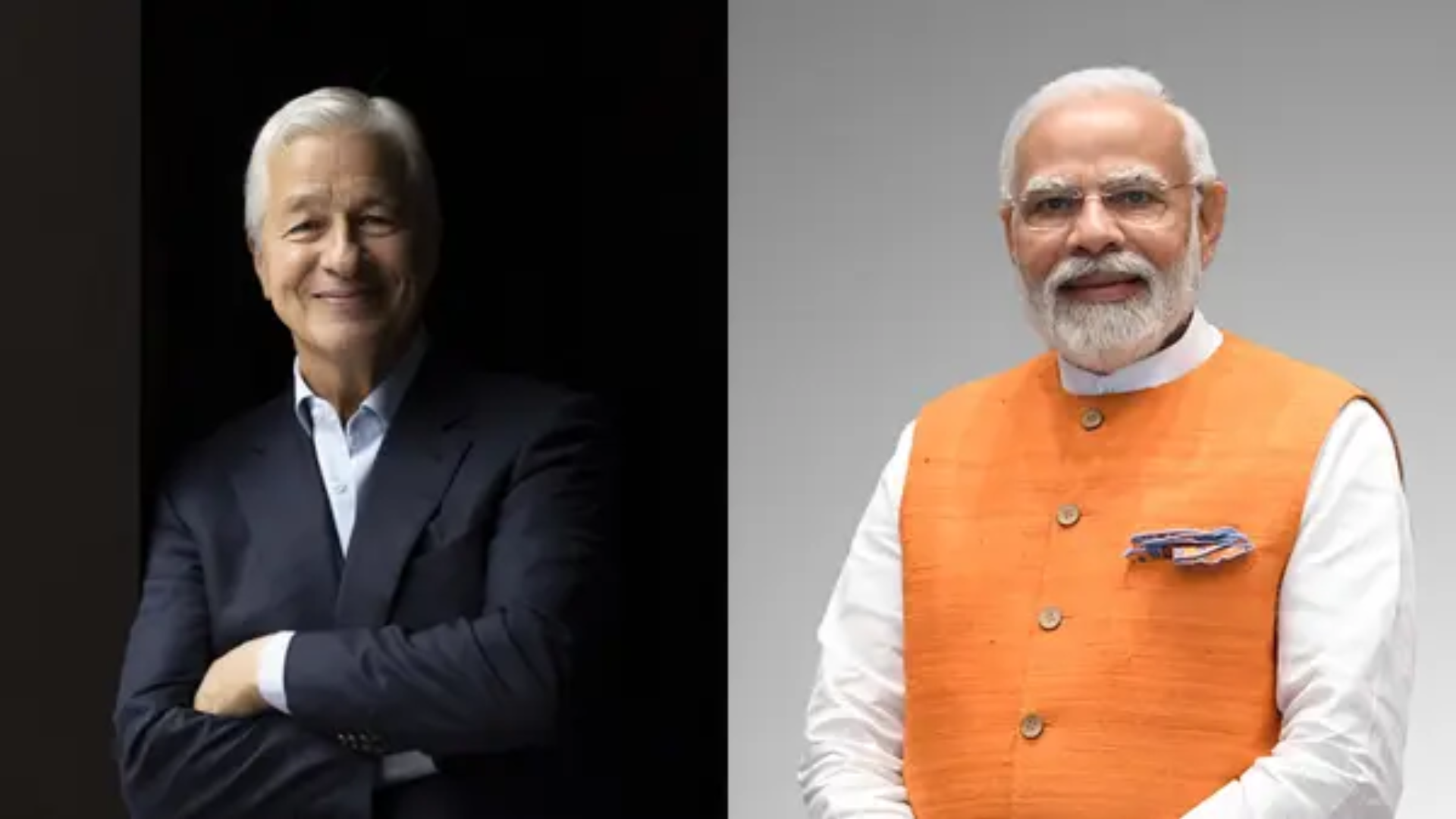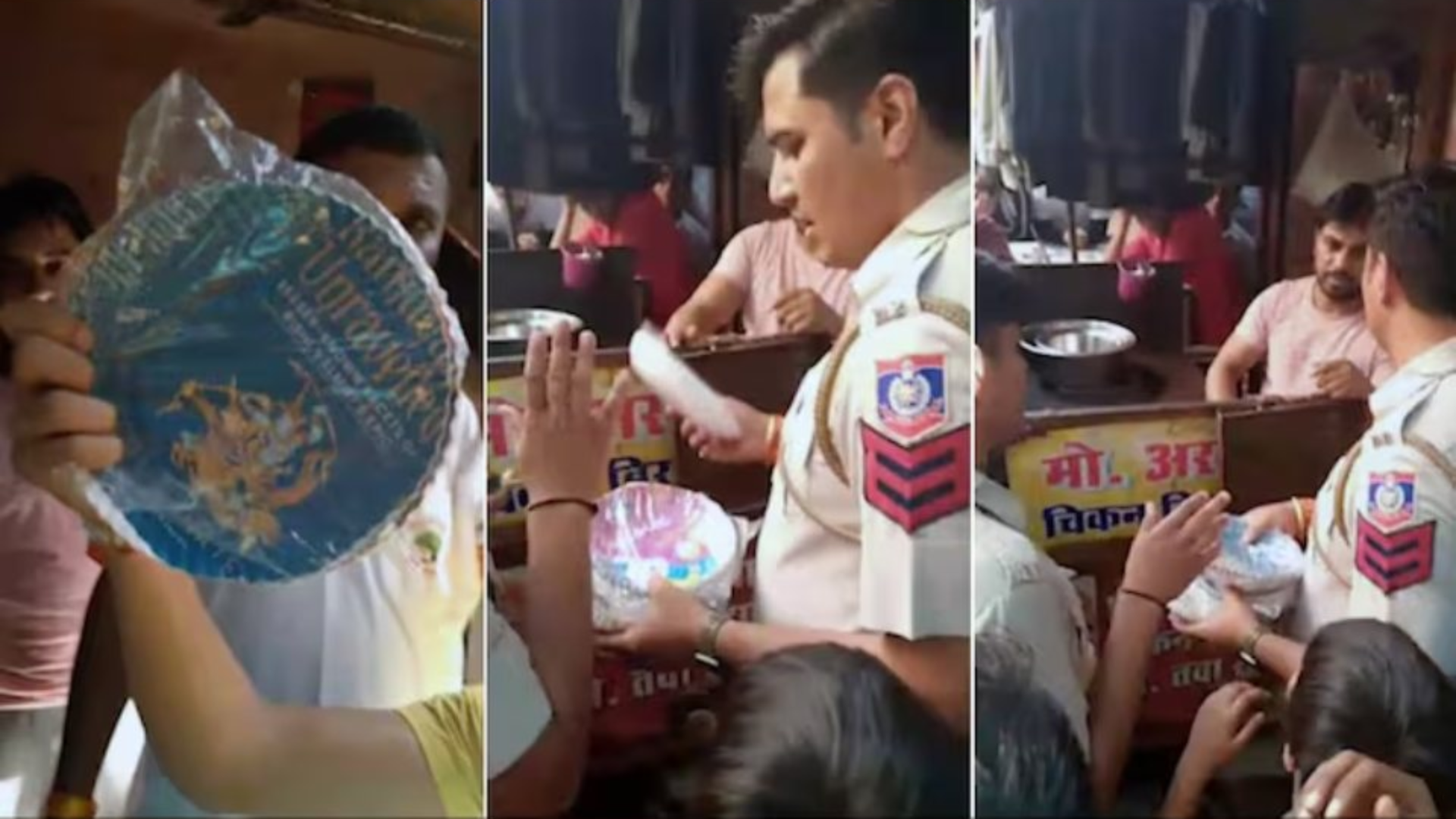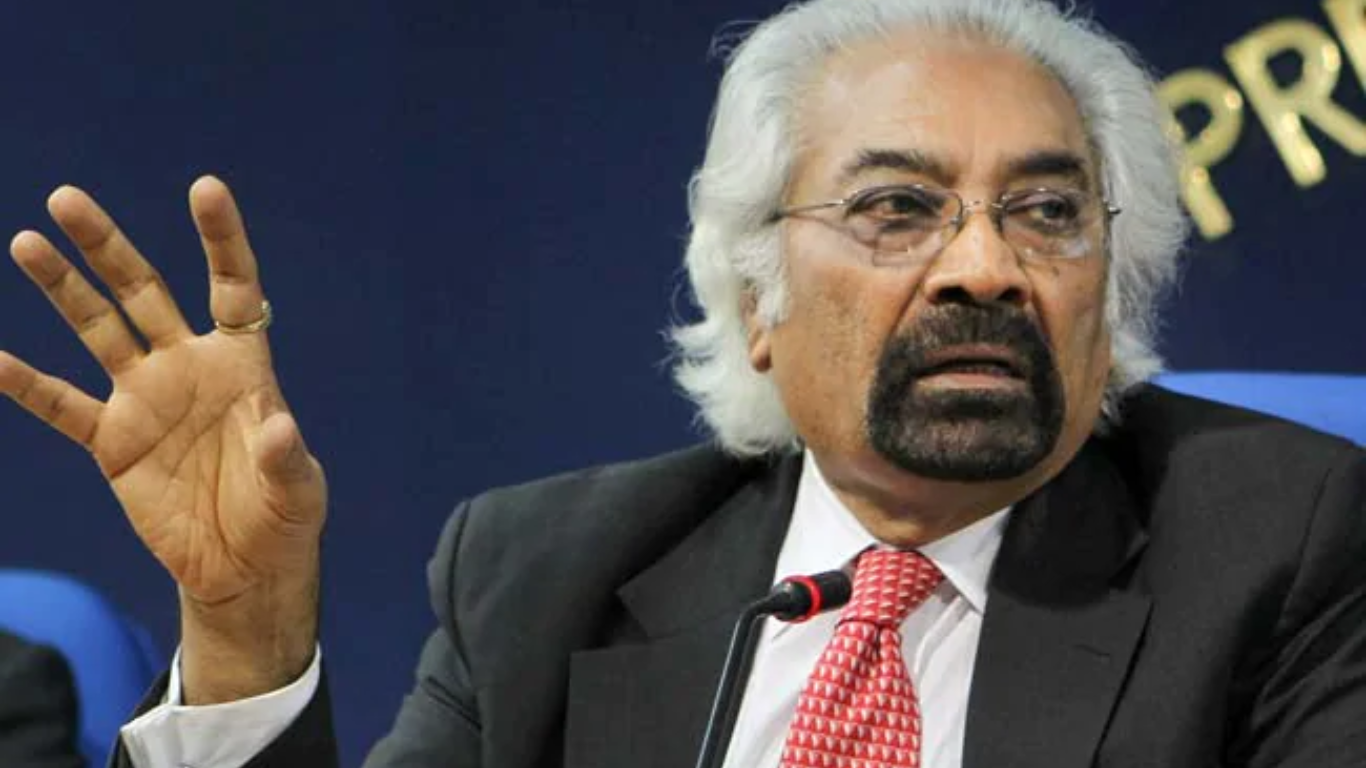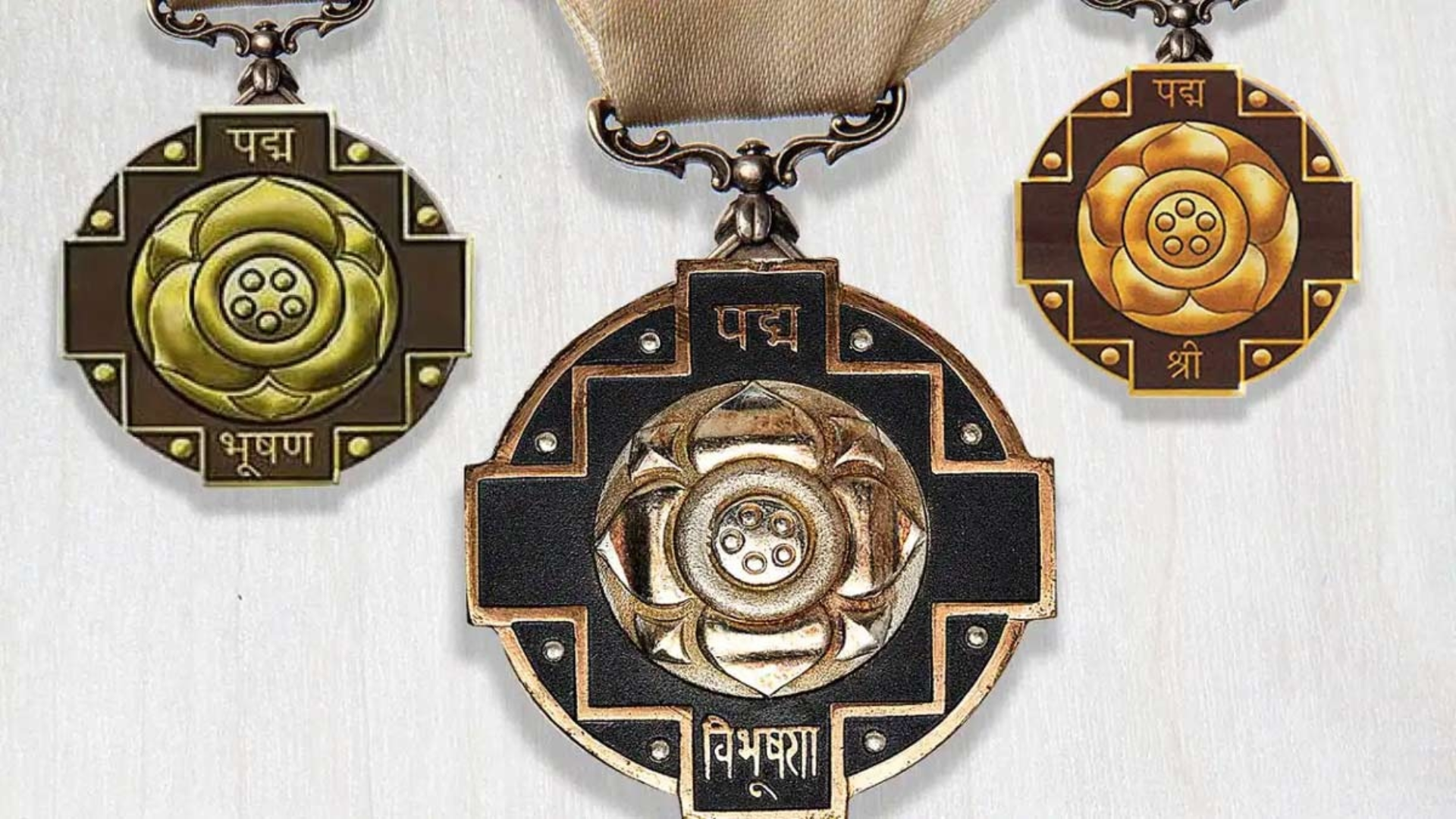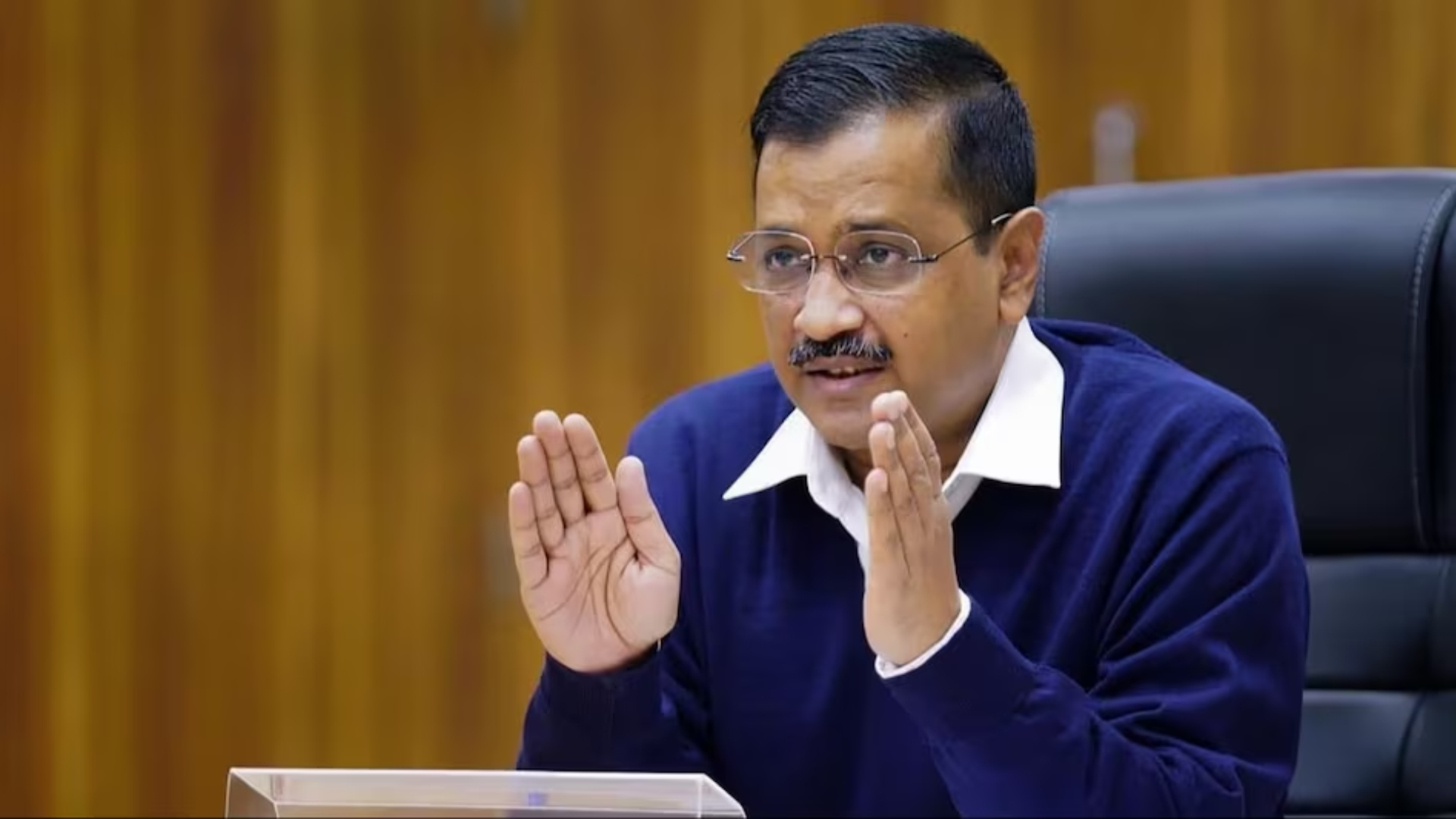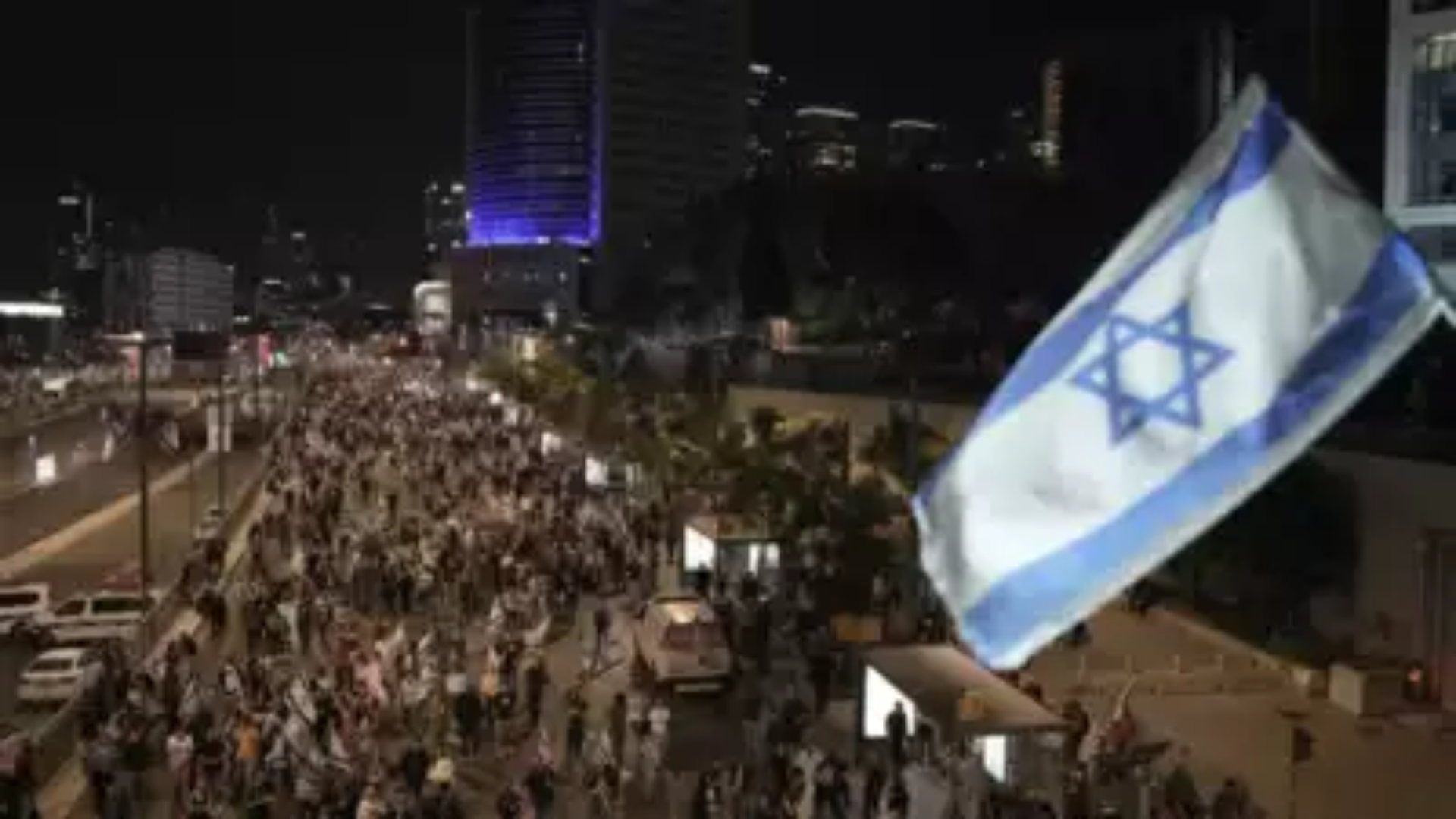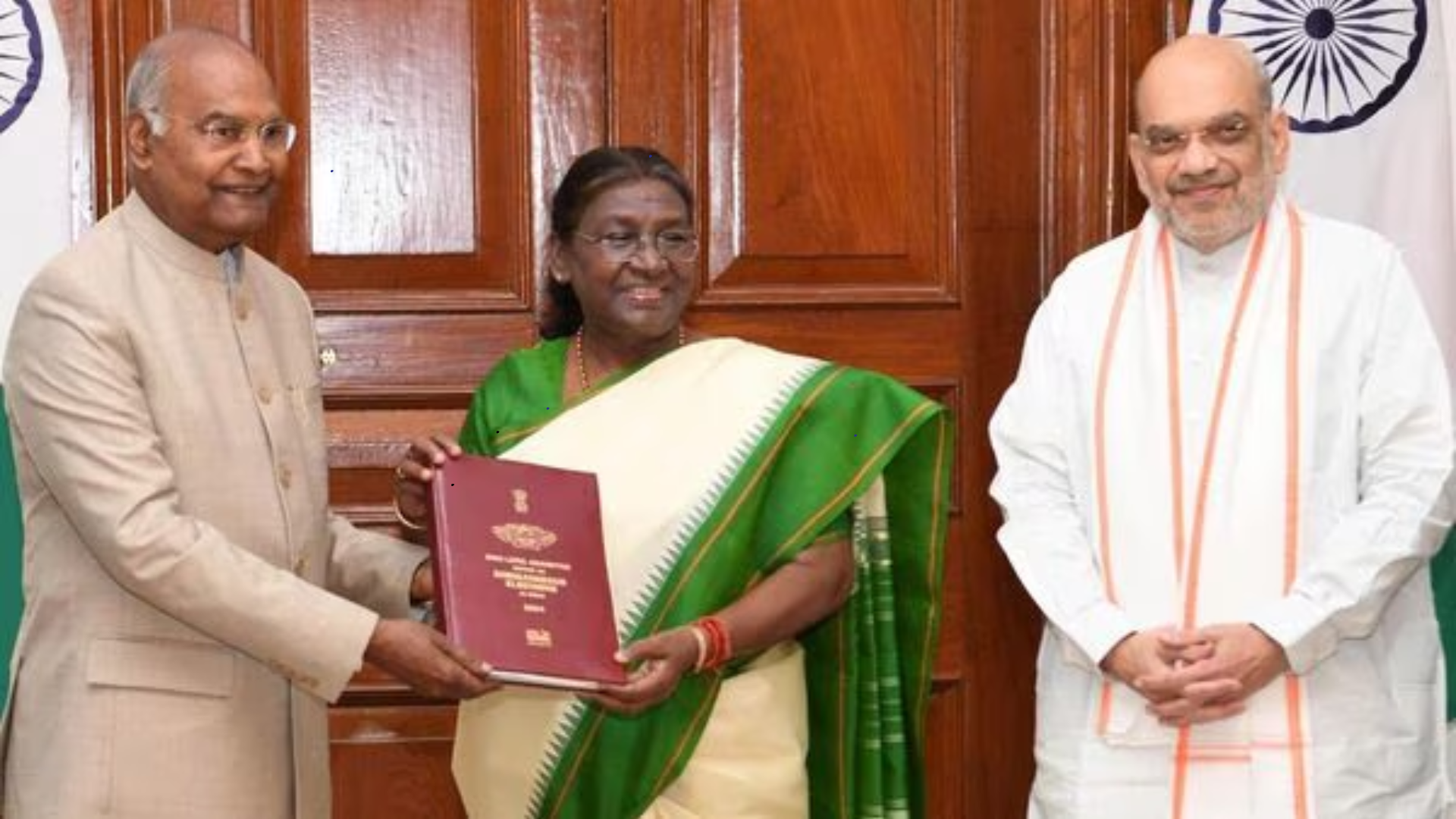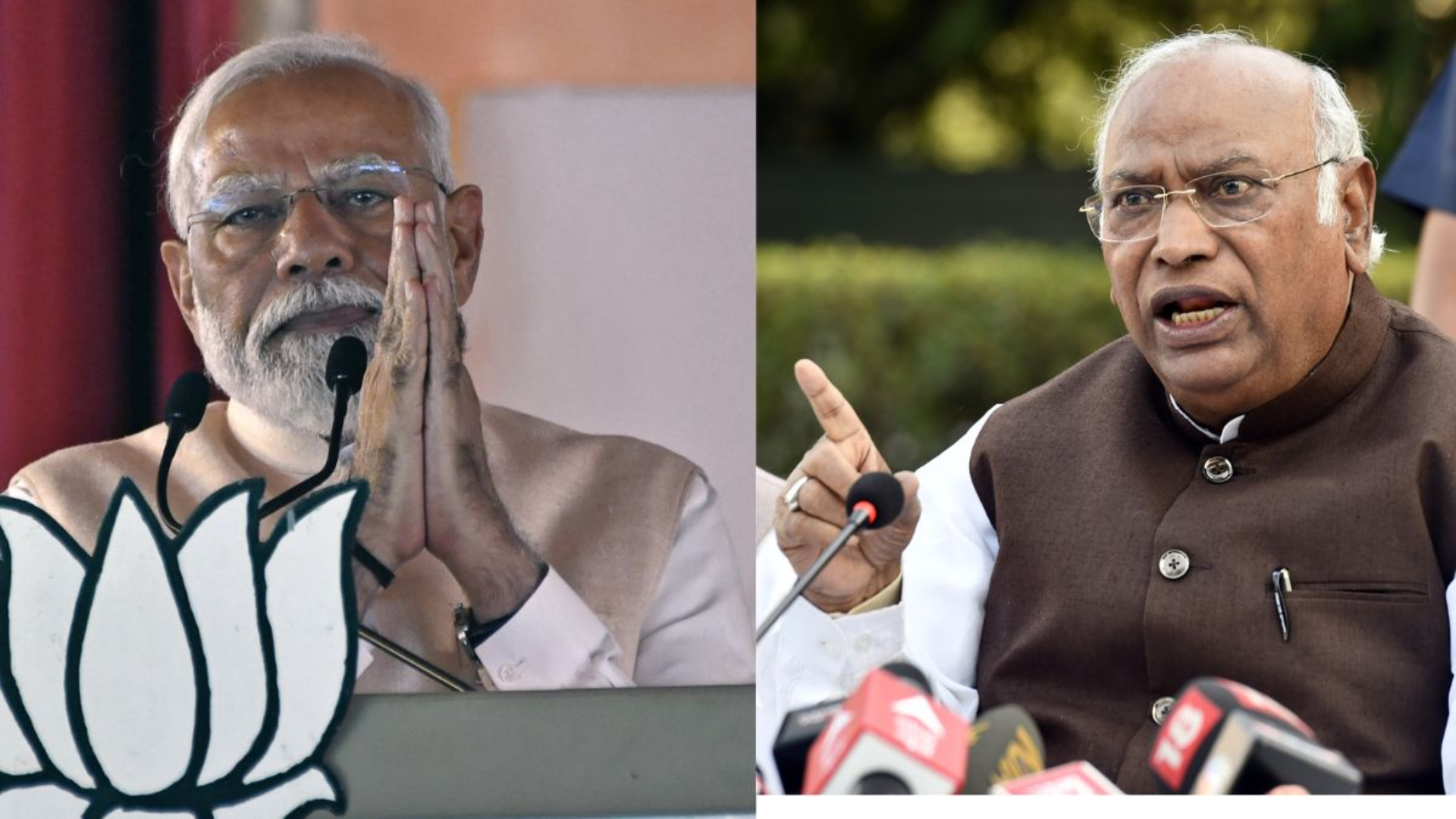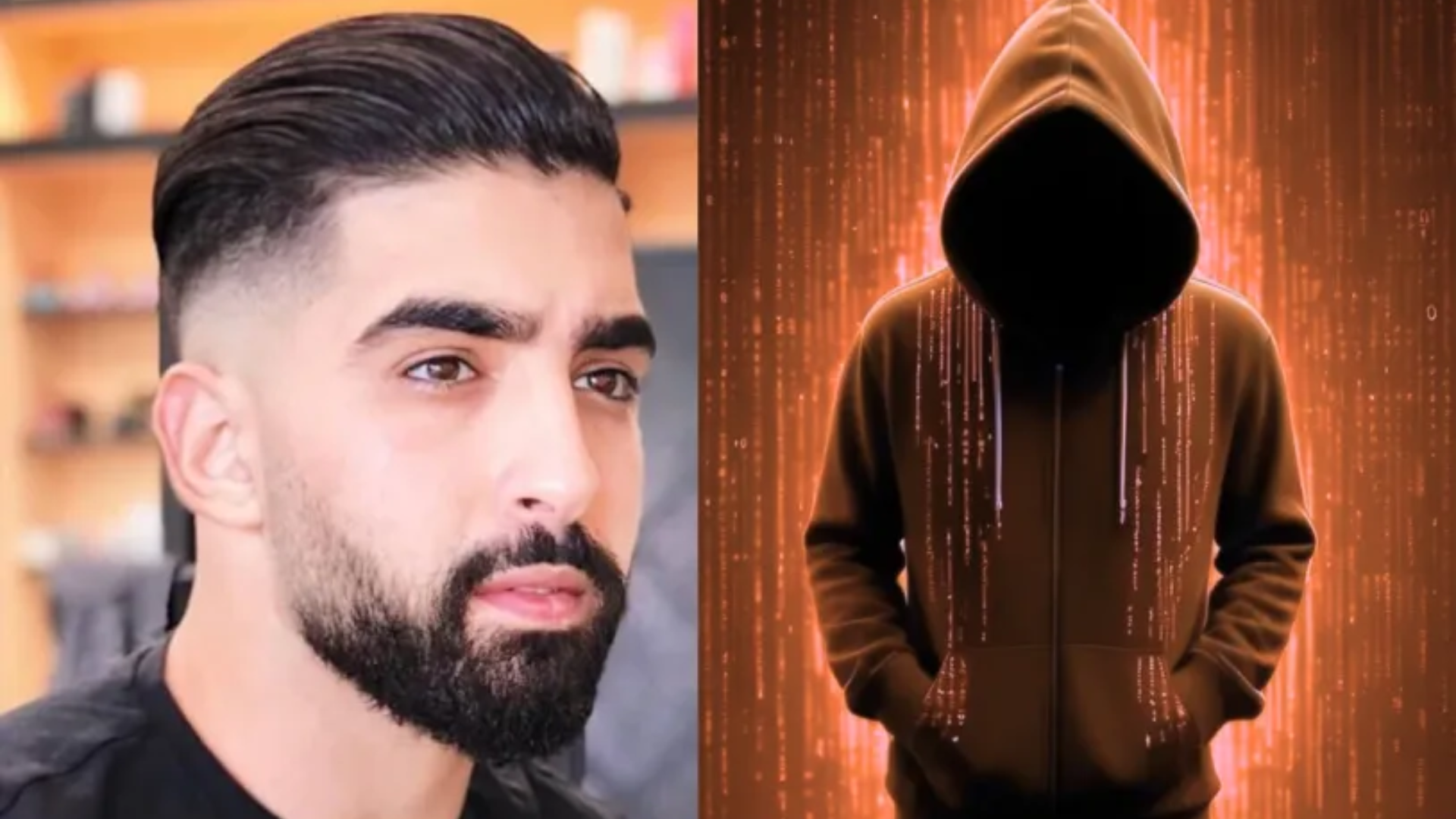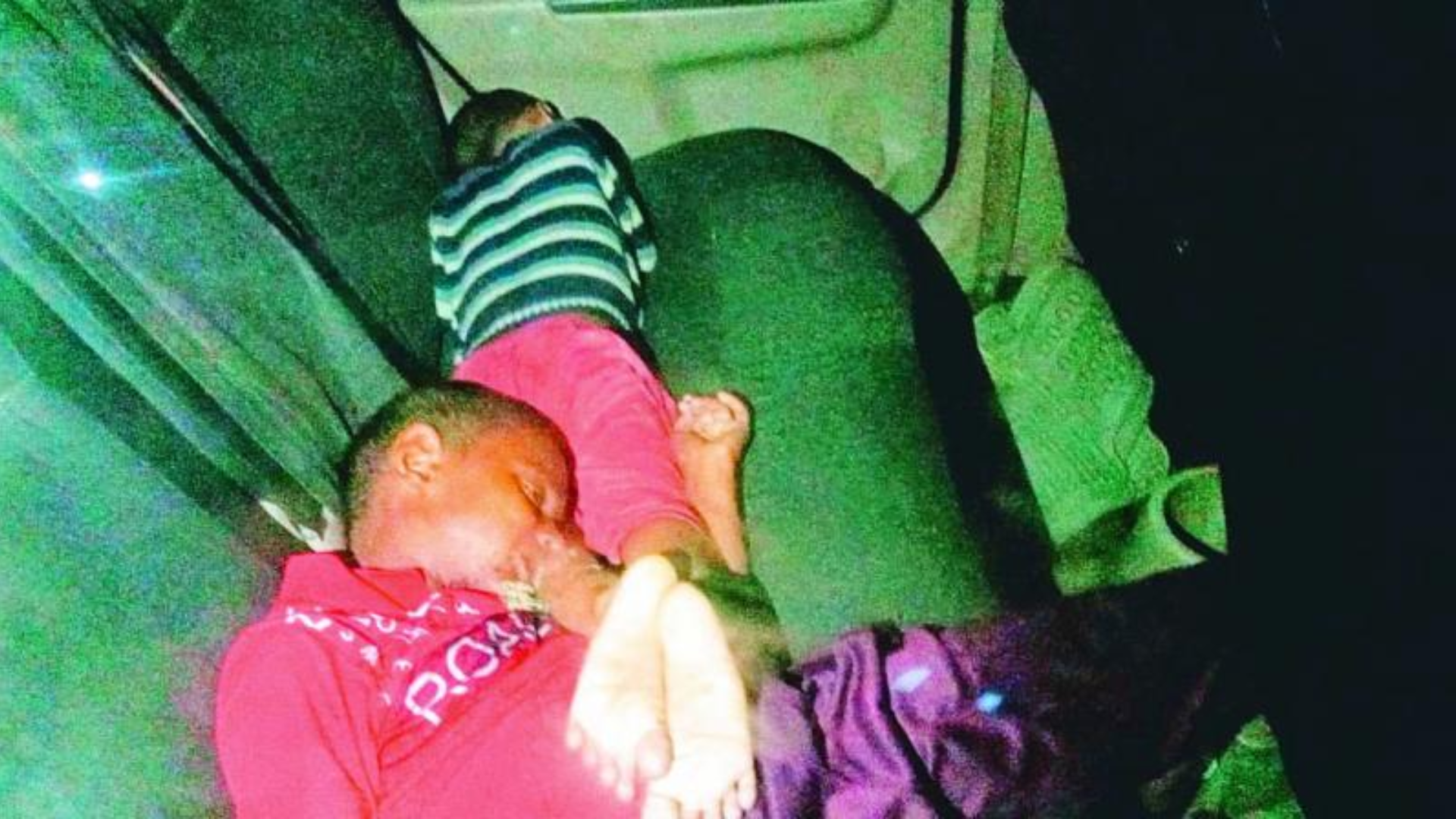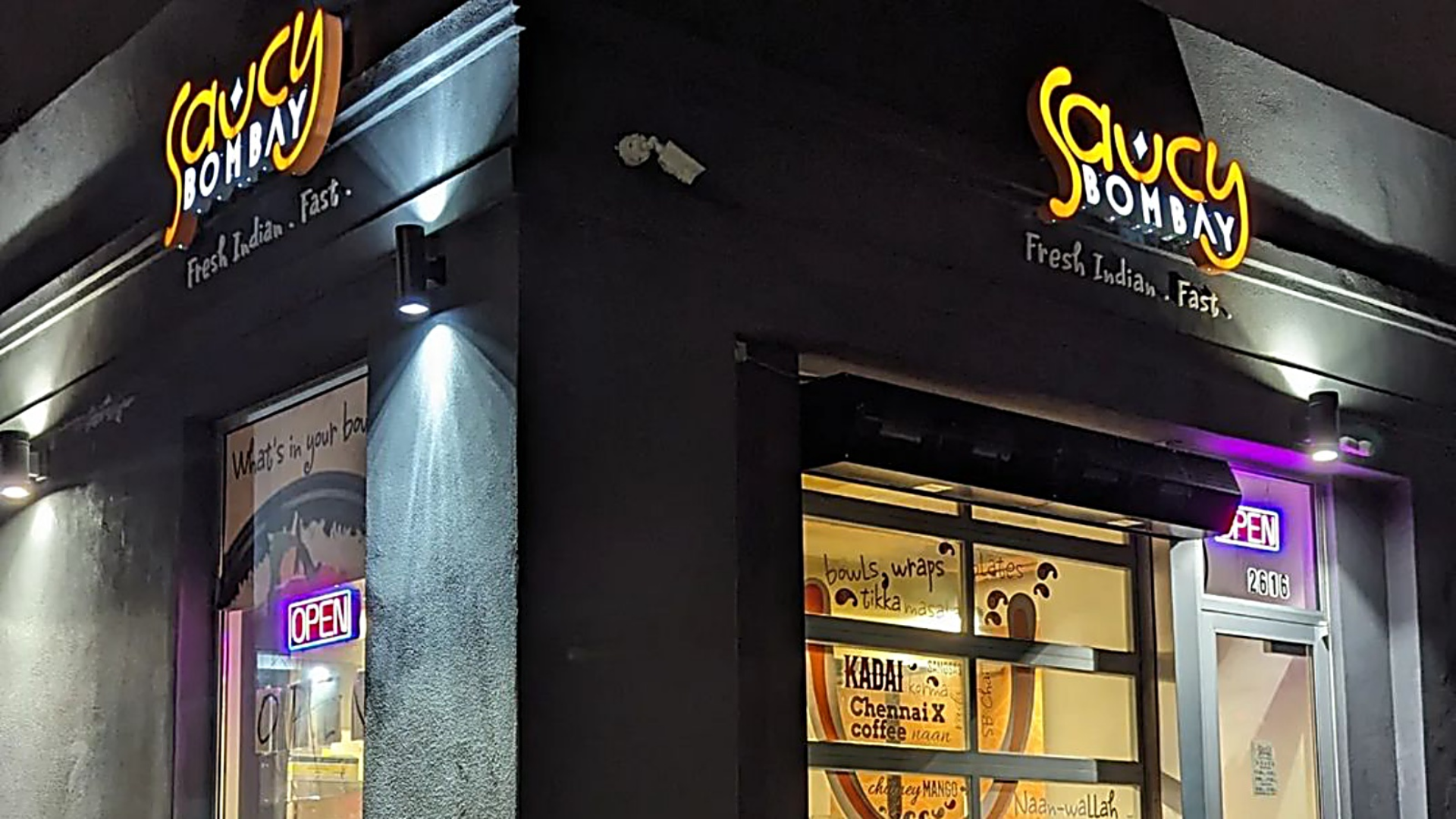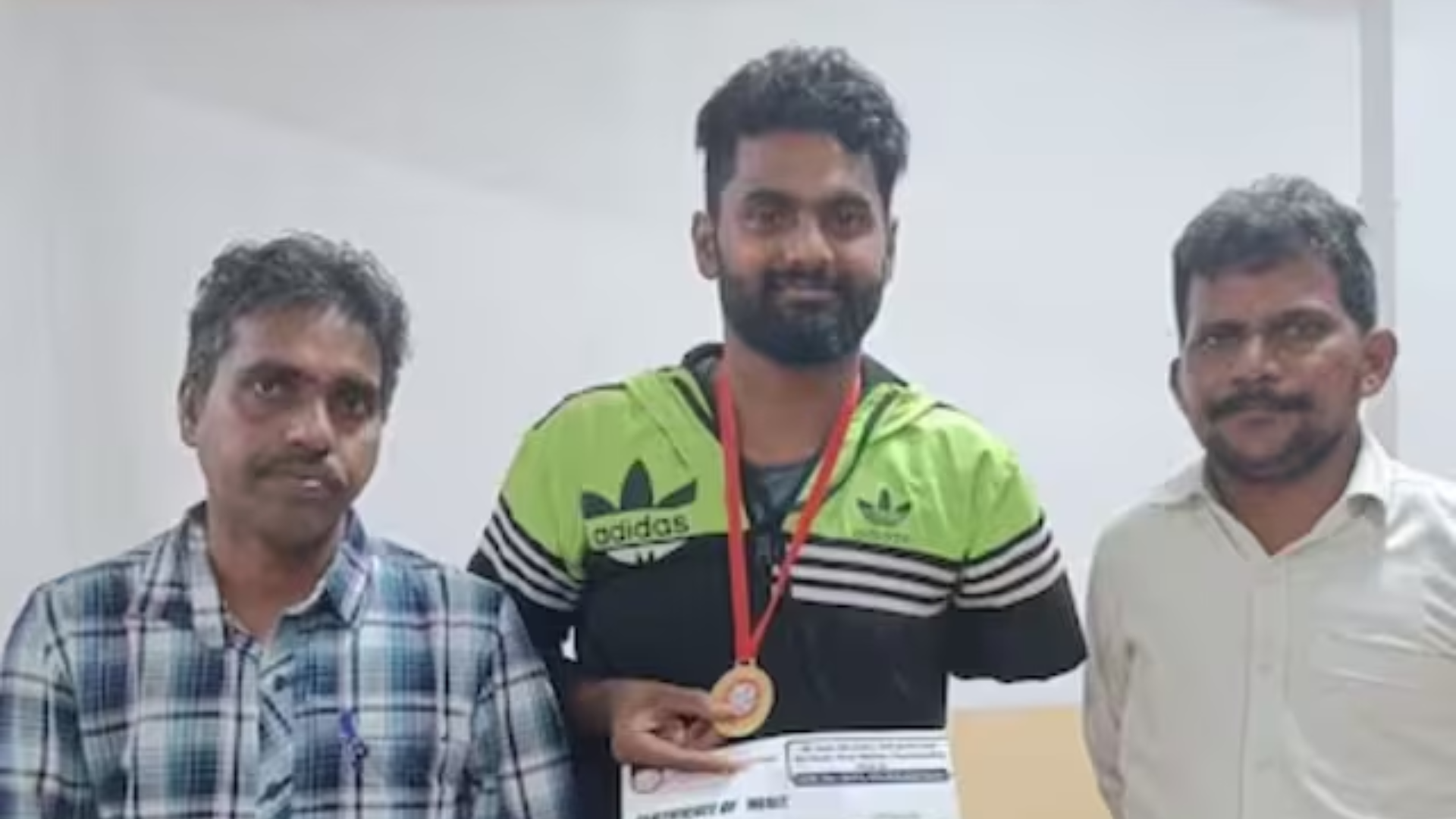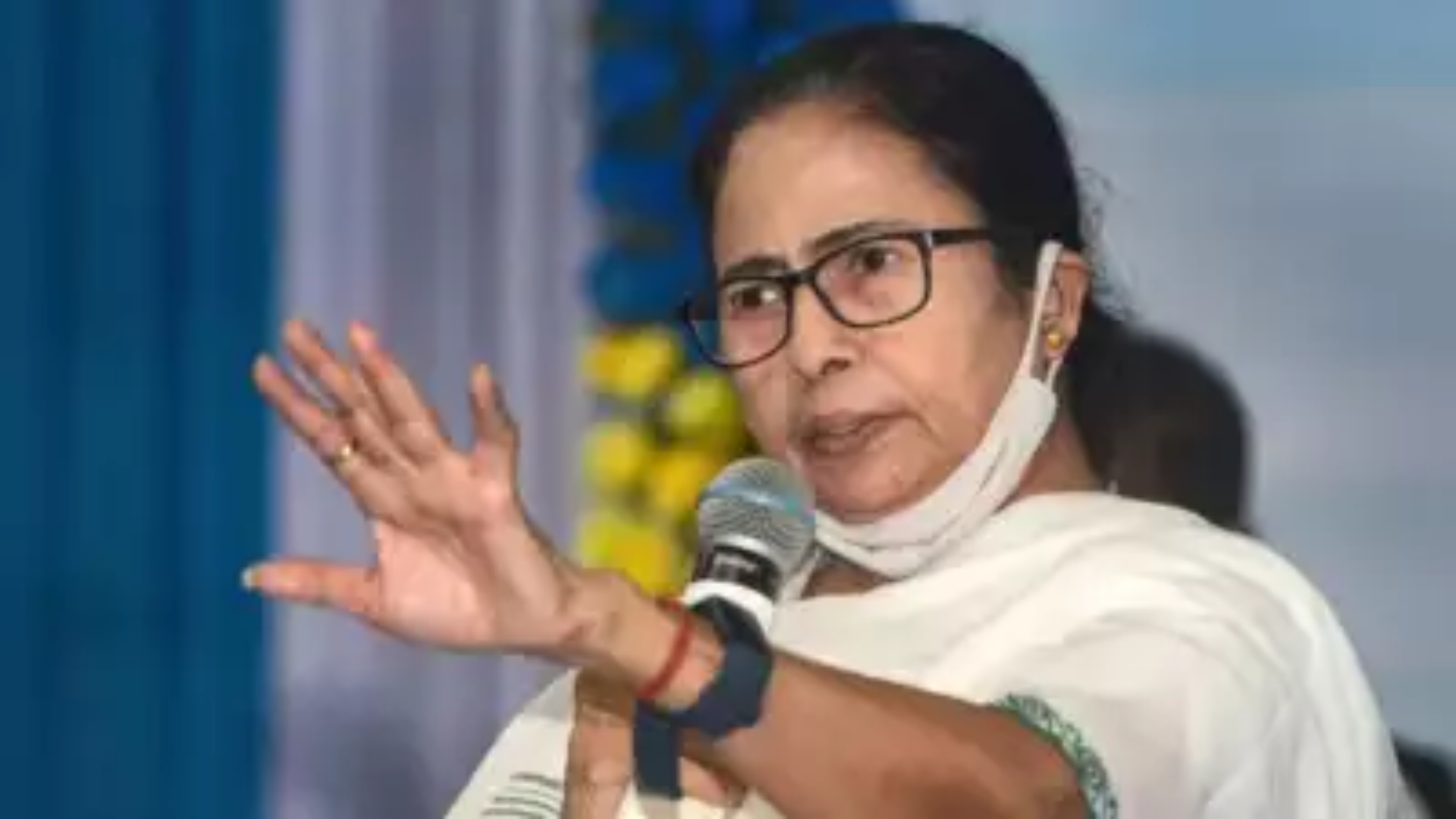The High-Level Committee on ‘One Nation One Election’, chaired by former President Ram Nath Kovind, convened at Rashtrapati Bhavan to present its report to President Droupadi Murmu on Thursday. The comprehensive report spans 18,626 pages and is the culmination of extensive consultations with stakeholders, experts, and research conducted over 191 days since its establishment on September 2, 2023.
The committee presented the report in the presence of all its members, including Union Home Minister Amit Shah, Union Law Minister Arjun Ram Meghwal, Democratic Progressive Azad Party (DPAP) chief Gulam Nabi Azad, and others.
Recently, the High-Level Committee also engaged with representatives from various political parties, such as BJP, Trinamool Congress, Samajwadi Party, CPI, CPI(M), AIMIM, RPI, Apna Dal, among others. These representatives provided their suggestions in writing to the committee.
Under the leadership of Ram Nath Kovind, the High-Level Committee has been conducting consultations regarding the feasibility of simultaneous elections in the country.
The Committee recently sought public opinion on the ‘One Nation, One Election’ issue through a public notice, inviting suggestions from members of the general public to facilitate appropriate changes in the existing legal and administrative framework for simultaneous elections nationwide.
The central government had formed the high-level Committee in September of the previous year to examine the ‘One Nation, One Election’ concept and propose recommendations for synchronized elections across all states, aiming to reduce the frequency of polls throughout the country.
The core objective behind ‘One Nation One Election’ is to align the timing of Lok Sabha and State Assembly elections across all states, thereby minimizing the frequency of elections nationwide. While this practice was common until 1967, it was disrupted due to various factors such as defections, dismissals, and government dissolutions.



